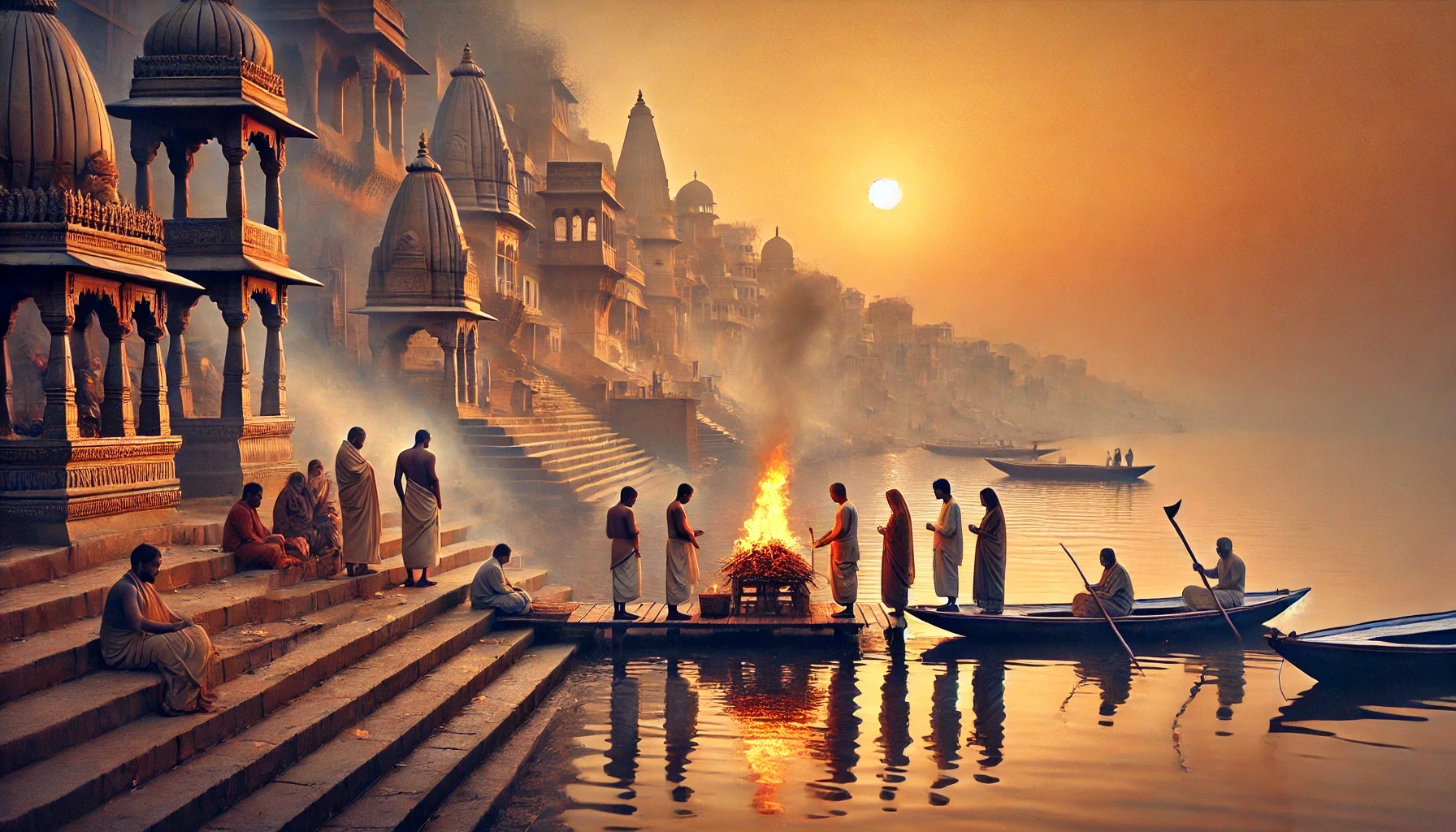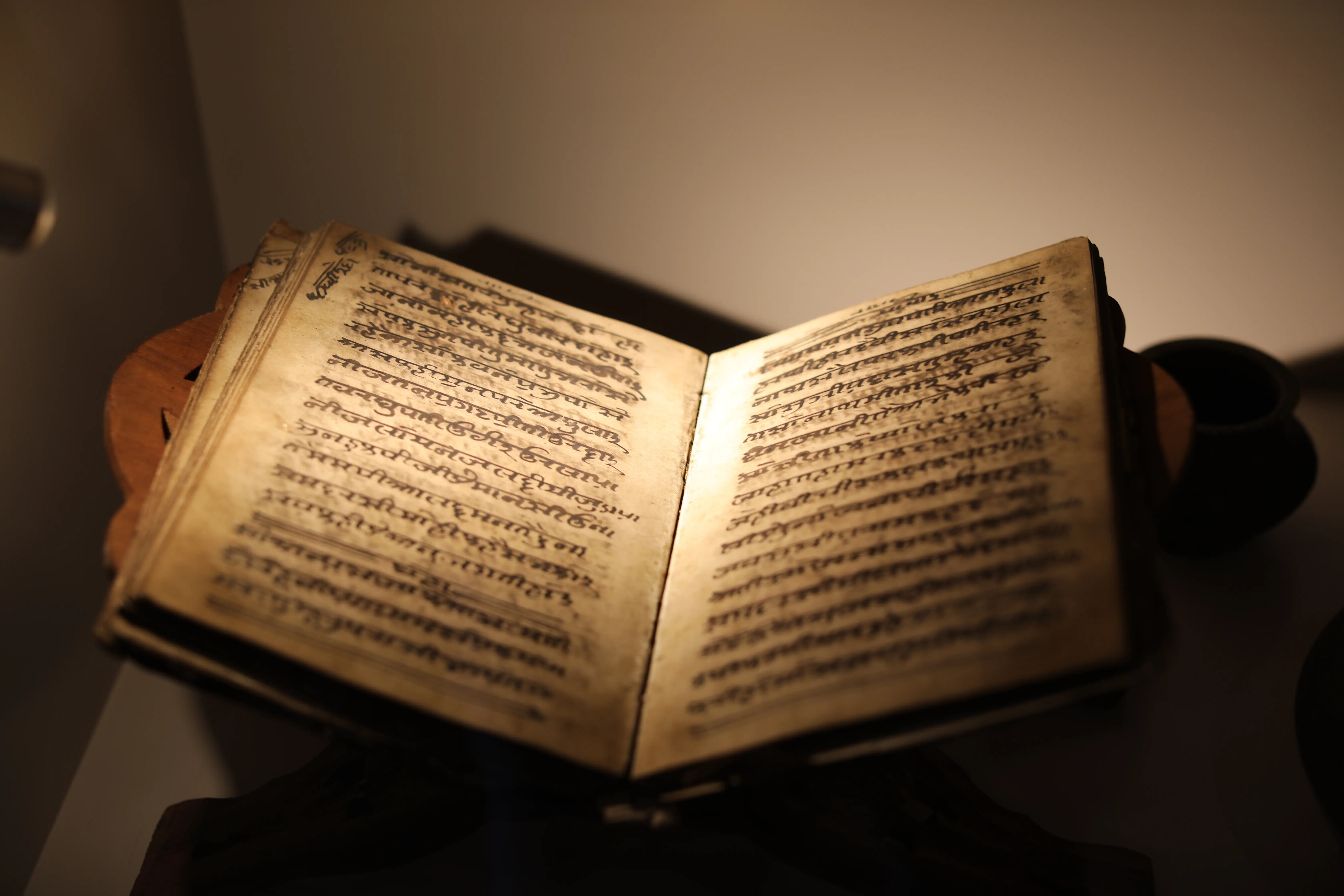Understanding a Good Death in Hinduism
Thursday October 24, 2024



The idea of a “good death” holds a special place in many spiritual traditions, offering guidance on how to navigate the end of life with dignity, purpose, and peace. In Hinduism, the concept of a good death is intricately tied to beliefs about the soul (atman), karma, and the cyclical nature of life and death (samsara). It is seen not just as an end, but as a crucial transition in the soul’s journey towards liberation (moksha). This ancient perspective provides a framework that emphasizes spiritual preparedness, the role of loved ones, and sacred rituals in shaping one’s final moments.
Hindu philosophy views life as a cycle of birth, death, and rebirth, known as samsara. At the heart of this cycle lies the soul, or atman, which is believed to be eternal. As the body perishes, the soul moves on, guided by the karma—actions and intentions—accumulated throughout a lifetime. A good death is not merely about physical well-being; it is about spiritual readiness. It is thought to influence the nature of one’s next life or even open the path to moksha, the liberation from the cycle of rebirth.
In the Bhagavad Gita, Lord Krishna explains that the thoughts and state of mind at the time of death greatly influence the soul’s destination. To die with one’s mind fixed on the divine is considered the most auspicious, providing a way to transcend the cycle of samsara. This perspective places emphasis on how a person spends their last moments, shaping both their immediate experience and their soul’s longer journey.

Preparation for death in Hinduism is not a matter for the last few moments; it is a lifelong pursuit. Yet, in the final days or hours, there is a focus on intensifying spiritual practices. Chanting sacred mantras, such as the Maha Mantra or simply the word Om, is a common practice. These mantras are believed to purify the mind and focus it on the divine, helping the soul leave the body in a peaceful and auspicious state.
Family members often play a role by reciting from sacred texts like the Bhagavad Gita or the Ramayana, creating an environment of spiritual resonance. Such recitations are believed to help the dying person concentrate on higher thoughts and prepare for the transition. For those who have devoted their lives to spiritual practice, meditation can be a way to face death with awareness, cultivating acceptance of the inevitable and detachment from the physical body.
In the Hindu view, physical suffering is a part of life, but a peaceful and pain-free transition is still sought when possible. Minimizing suffering at the end of life aligns with the broader Hindu value of ahimsa (non-violence). This approach respects the dignity of the person and helps maintain their focus on spiritual matters, rather than the distress of physical pain. A calm and dignified end is considered a sign of grace and acceptance.
For many Hindus, dying surrounded by loved ones is a key part of a good death. Family and friends provide not only emotional support but also assist in spiritual practices. They may help the dying person focus on their chosen deity (Ishta Devata) or chant the names of God, providing comfort in the last moments. This support helps ensure that the person’s thoughts remain focused on spiritual matters, believed to positively influence their rebirth.
The reading of scriptures at the bedside serves as a spiritual guidepost, helping the soul navigate its journey. It is believed that these practices help release attachments to the physical world and prepare the soul for the next phase, whether that is a better rebirth or the pursuit of moksha.
Certain places and times are considered more favorable for death due to their spiritual significance. For example, passing away in Varanasi (Kashi), the ancient city along the Ganges River, is believed to offer direct liberation (moksha) due to the city’s association with Lord Shiva. Likewise, dying during Brahma Muhurta (the pre-dawn period) is considered auspicious. These beliefs reflect the idea that the environment around death can impact the soul’s transition.

After death, the performance of Antyesti or last rites is essential in Hindu tradition. These rituals, often led by a priest or elder, guide the soul through its journey after leaving the body. The body is typically bathed, dressed in a simple cloth, and placed on a pyre for cremation. Cremation is believed to release the soul from its physical bonds, allowing it to continue its journey.
During these rites, mantras are chanted, and prayers are offered to help the soul find peace. Pind daan (offering rice balls) and shraddha (rituals performed to honor ancestors) are conducted to provide nourishment to the departed soul, ensuring its smooth passage through the afterlife.
While the core principles of a good death remain consistent, there are variations across different Hindu communities and regions. For instance, some groups place a stronger emphasis on pilgrimage sites, while others focus on community rituals. Modern Hindus may adapt these practices, emphasizing the values of dignity, spiritual focus, and the role of family, even when traditional practices may not be feasible.
The Hindu concept of a “good death” reflects the integration of life and death within a spiritual framework that prioritizes the soul’s journey over mere physical existence. It is a vision of death that seeks to offer peace and purpose at the end, ensuring that the soul is prepared for whatever comes next—whether that is another life or the attainment of liberation. By focusing on spiritual readiness, the support of loved ones, and meaningful rituals, Hindu practices around death provide a path toward a serene and significant conclusion to life’s journey.

Image of the Ramayana via Suyash Dwivedi and used under the Creative Commons Attribution-Share Alike 4.0 International license.